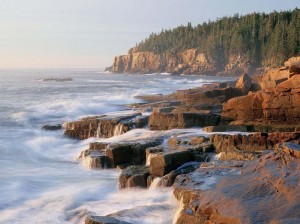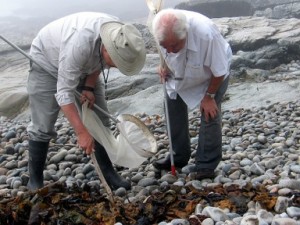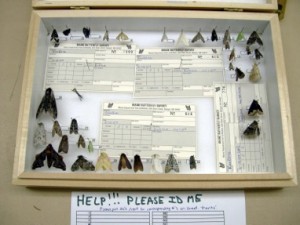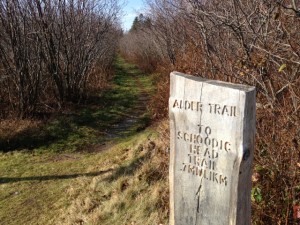You know how law enforcement agencies often use a database of DNA profiles to identify crime suspects? Well, scientists are also building a DNA database of all the different species of plants and animals around the world. If you’re interested, you might be able to help them out this summer — and get to spend some time in beautiful Bar Harbor, Maine.
The Mount Desert Island Biological Laboratory (MDIBL), National Park Service, and Schoodic Education and Research Institute got $250,000 from the National Science Foundation for a two-year project called Pathway to BioTrails. They need adult volunteers to join a team of professionals that will use DNA barcoding to make sure certain organisms have been identified correctly.
The volunteers will be “citizen scientists” and will work in Acadia National Park and Frenchman Bay in Bar Harbor. I know, pretty cool.
Why does this type of DNA barcoding matter? Because if you can identify the species an organism belongs to simply and quickly, you broaden the scale and accuracy of potential research projects and open the door for even more projects.
You could become part of a large network of citizen scientists around the world and help monitor how species are impacted by environmental change.
Karen James, a bona fide MDIBL scientist and the project’s lead investigator, told me that ultimately the teams will be looking at whether species are appearing or disappearing, increasing or decreasing, or pollinating at the right time. “We need to notice, “says Karen, “because changes affect us and what we might want to do. For example, if a key pollinator shifts its range northward, that might cause problems for agriculture or if an important invasive species thrives and affects a certain timber species, that can be of great concern as well.”
Being able to monitor how species are impacted by environmental change means it may be easier to respond to and manage problems earlier on instead of needing to do damage control after the fact.
So, think you’d like to contribute by being a citizen scientist this summer?
Karen says they are recruiting 80 adult volunteers for both years of the project. In addition to those with experience, they want people with little or absolutely no experience — scientist wannabes. You will learn how to collect and identify invertebrates — little creatures without backbones, such as insects and sea urchins — in both land and water environments. You will also learn how to barcode their DNA and analyze and interpret your data.






Leave A Comment